A Trio of Sixes
Three Cartridges from Varmints to Deer
feature By: Stan Trzoniec | July, 24
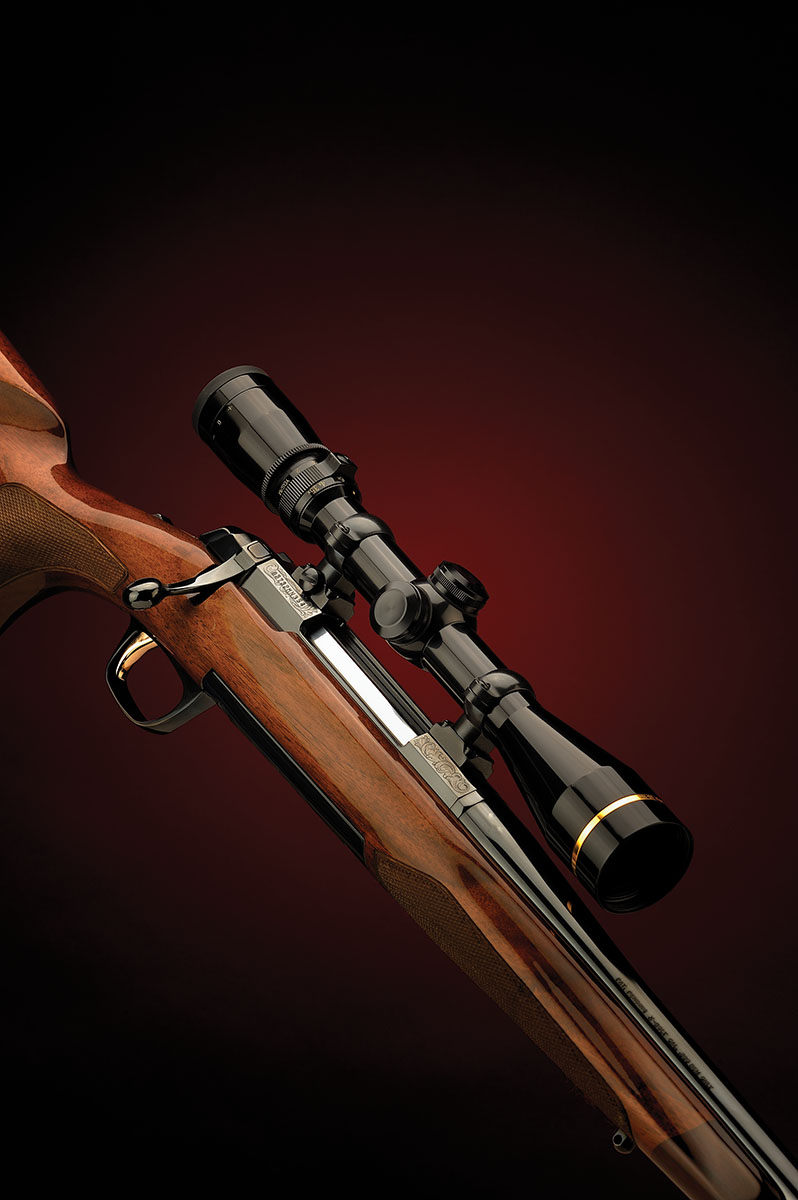
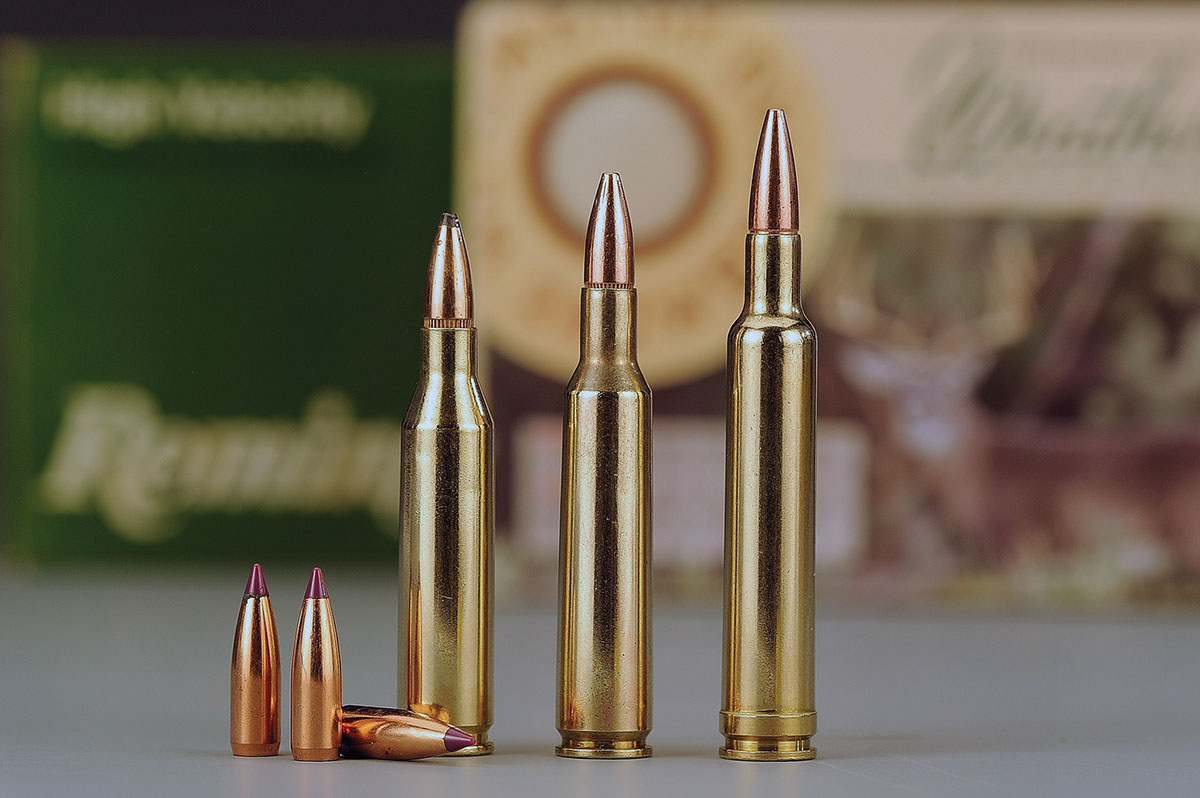
While this is good for the economy and the industry in total, do we sometimes lose sight of what has served us for generations and in looking close – really close – does something new or trendy actually make that much of a difference in ballistics or a firearm? After all, with a shoulder-mounted hunting arm, there is only so much you can pack or squeeze into a small-caliber weapon. What I am getting to is what we would call the “classic” or standard cartridges that are still available in calibers from the .22 up to the higher-end .45s. Also, right in the middle of all this seems to be the most popular of all, suitable for just about everything from varmints to deer-size game to include the 243 Winchester, 6mm Remington and the 240 Weatherby.
243 Winchester
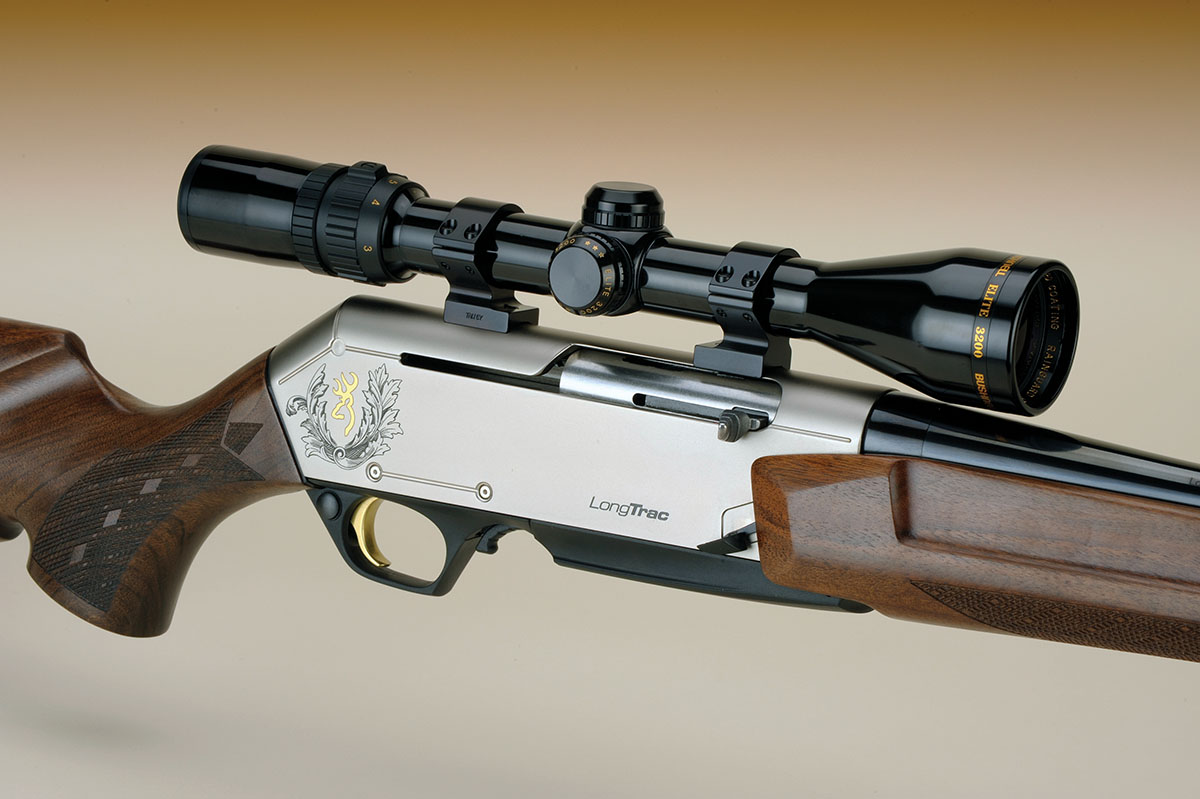
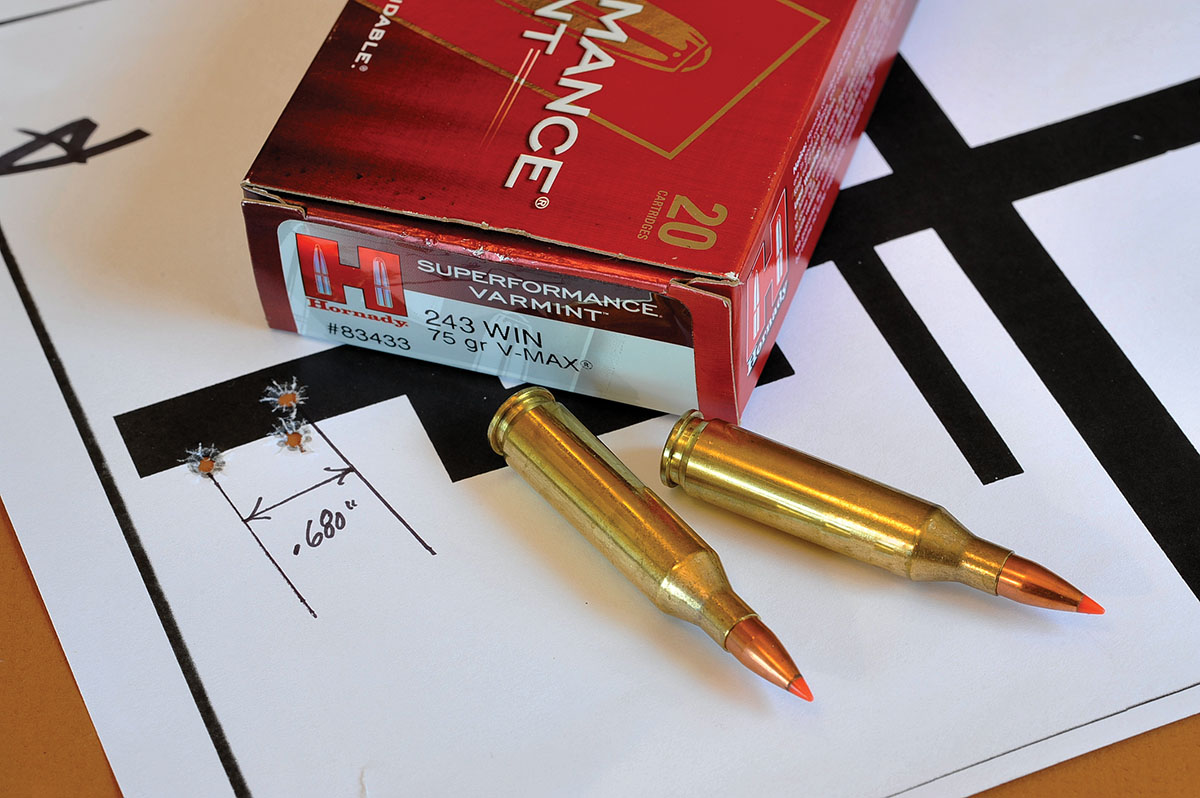
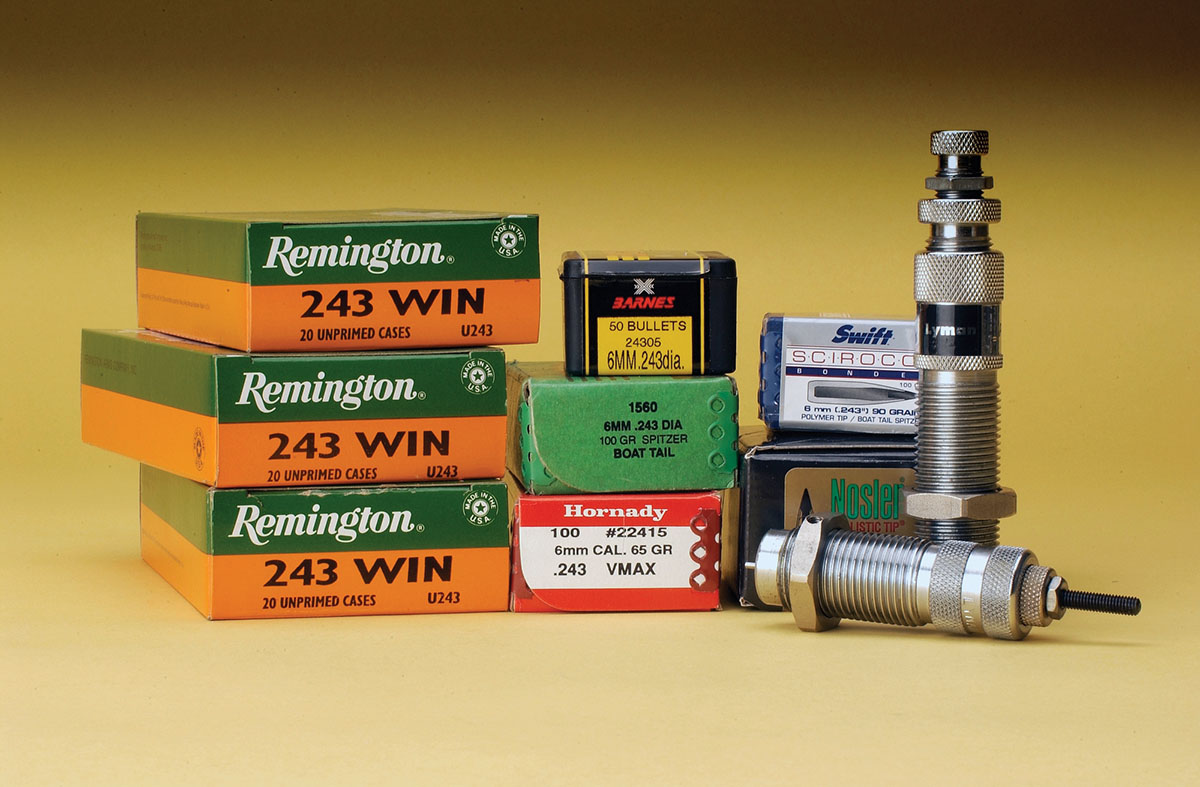
Once the word got out, the 243 Winchester was a resounding success and to this day, I personally would rate it at second place in popularity over the 30-06 Springfield. Winchester seemed to hit the target dead center and with only two loads initially. They covered most of the bases needed to move this cartridge along. The first was an 80-grain
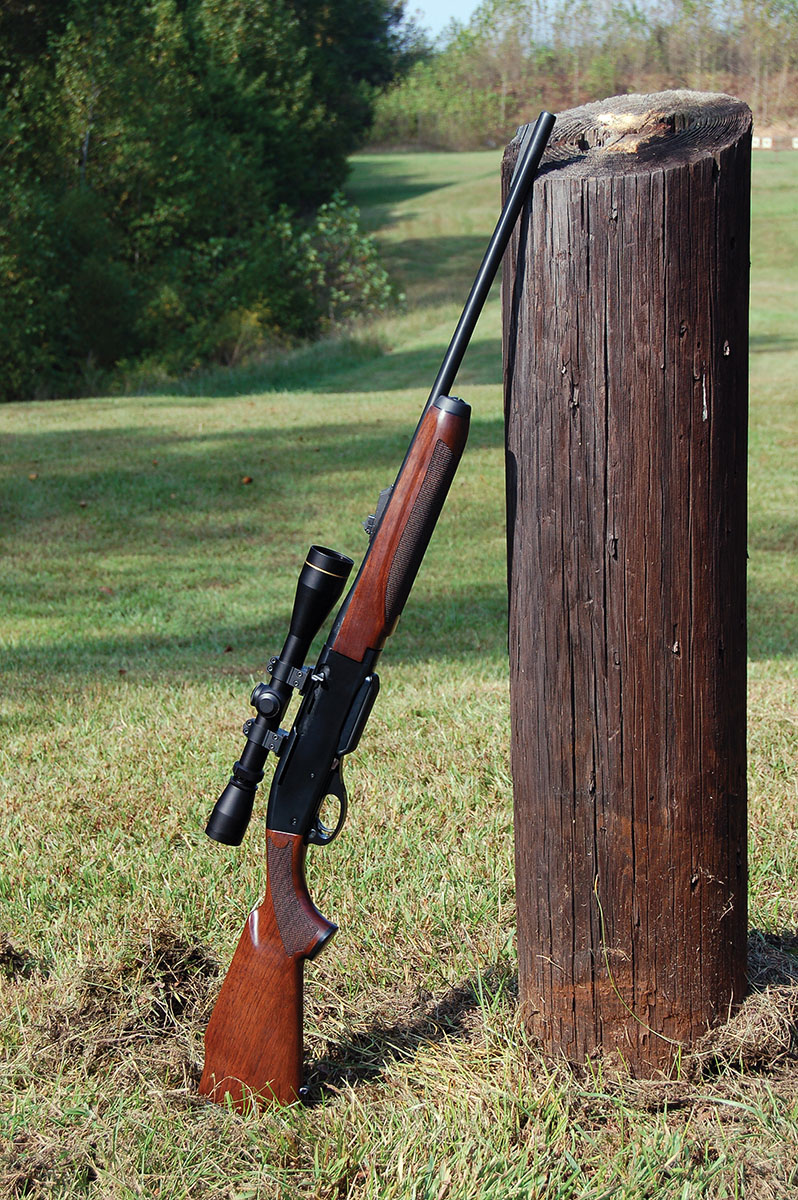
Looking back, the 243 Winchester was a win-win situation for the parent company, something still true today. In the years I’ve been hunting and shooting, the 243 Winchester never fails to hit the list of favored die sets by companies like Redding, Lyman, Hornady or RCBS. In fact, with a recent check, the 243 Winchester still makes the list with one firm at No. 9, along with other classics like the 308 Winchester (2), 30-06 (6) and the fabled 270 Winchester at No. 10.
Following these sixes over a lifetime of shooting, I’ve seen them all in the hands of many shooters, if only for the versatility alone. The 243 Winchester, being the most popular of the lot and introduced almost 70 years ago, has always been offered rifles of every make, from Blaser to Winchester. In a short-action gun, it’s a natural, handy in the field, soft on the recoil and accurate for any job at hand.
Looking back, one of my first centerfire rifles chambered in the 243 Winchester was made by Parker Hale in its Model 1200 with a Mauser-type of action. At that time of my life, I could not afford a much-desired Weatherby and the Parker Hale, with its traditional action, rollover comb, high-gloss finish and select wood, matched my idea of what a high-grade rifle should look like. In fact, it turned me into a long-range rifleman head and shoulders above a .22 centerfire proving I could shoot at longer distances even when the wind was up.
While factory ammunition is out there in spades, for the dedicated varmint shooter, handloading is the way to go with great results with a case holding 56.7 grains of water. Loads that still follow me today and started with the Parker Hale in 1974, would include the lighter 85- to 87-grain bullets over 40.2 grains of IMR-4350 for a crowd-pleasing 3,000 feet per second (fps) plus. Depending on the bullet brand, groups ran from .375 to .750 inch at the century mark. Sometime later, I was playing around with a Remington Model 700 Classic with the same results and used that gun for pronghorn antelope in Montana with the Hornady 100-grain Spire Point over 37.5 grains of IMR-4320 for around 2,950 fps.
Like a pair of old hunting boots, the 243 Winchester is still comfortable to hunt with and I will continue to use it both here in New England as a favored varmint cartridge. I like it…
The 6mm Remington
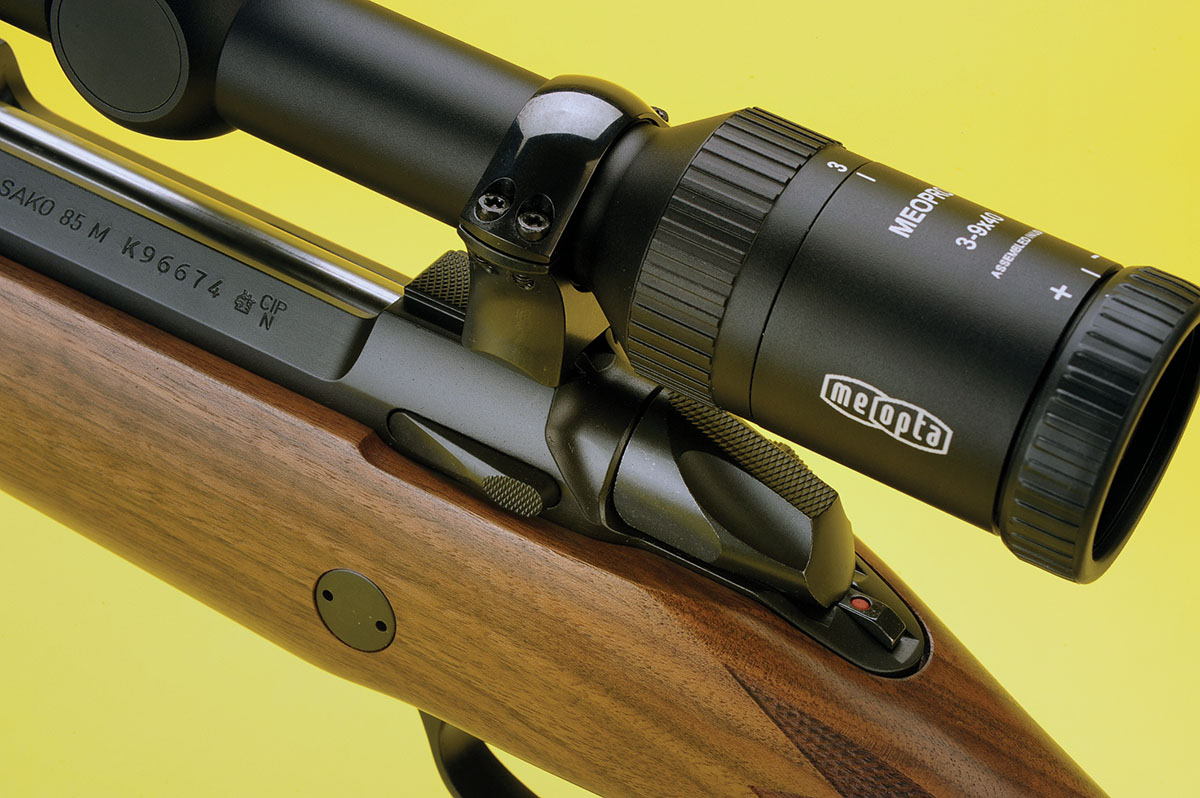
Note that Winchester had introduced the 243 Winchester and it took off. Remington decided to try its luck with a 6mm entry in the very same year. Based on the 257 Roberts with a modified shoulder, the case was then necked down to .24 caliber. Holding 58.4 grains of water, the “new” 244 Remington with a 1:12 twist was designed as a varmint cartridge from the very beginning with only a lighter bullet weight listed. Not good, and to add to all this misery, Remington chambered the new round in a rather plain-looking Model 722 bolt- and Model 760 pump-action rifle.
Out of all this, was there any advantage to one over the other? As a varmint round (rifle) both came in with identical ballistics using 75- or 80-grain bullets at around 3,500 fps. When the 244 Remington finally sprung for the slightly heavier 90-grain offering, it did beat out the 100-grain option in the 243 Winchester by a mere 130 fps! Later, when Remington decided to reinvent the 244 Remington into the new 6mm Remington in 1963, we are talking only 10 fps roughly between the two with a 100-grain bullet. By then, the 243 Winchester had pulled far ahead of Remington’s 6mm entry. Too little, too late for sure.
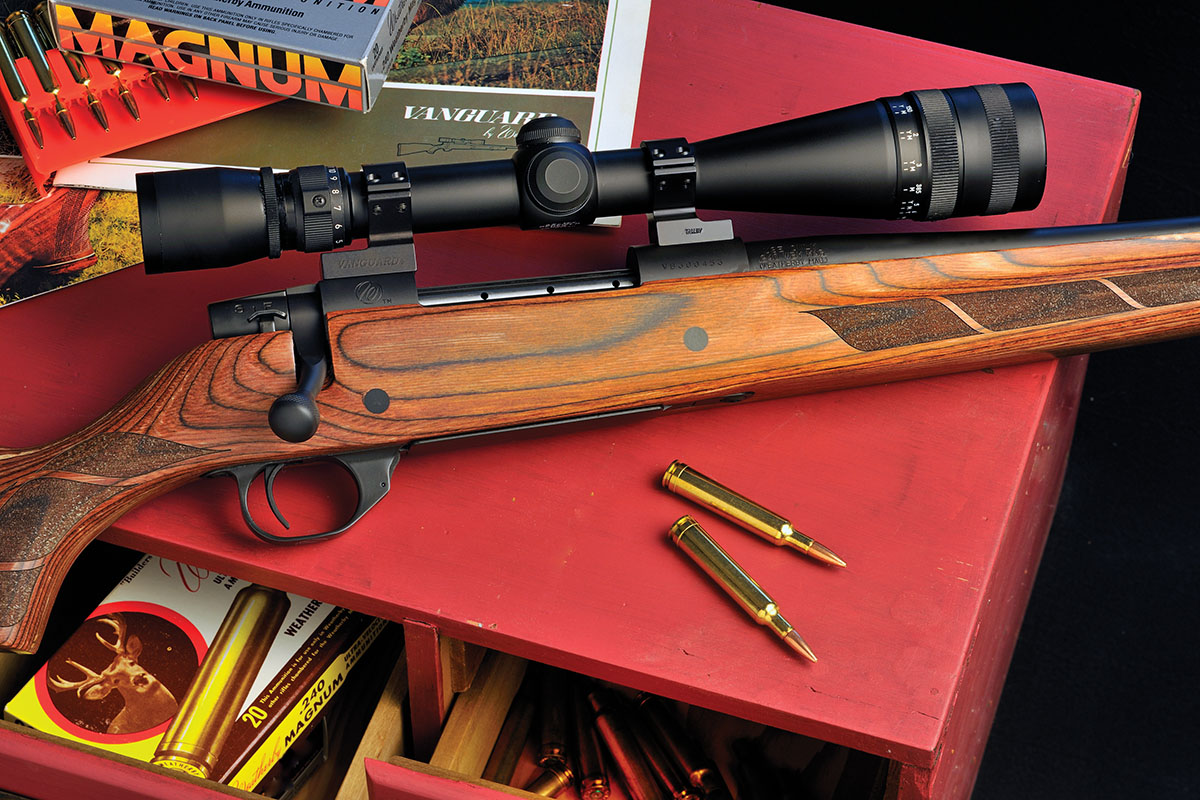
Still today, it is impressive to see the amount of 6mm Remington ammunition available on the market. Checking various sources, I did find that Remington (although pricey at $65 per 20-round box), Federal, Hornady and Winchester are still producing ammunition in the 95- to 100-grain versions – subject to availability.
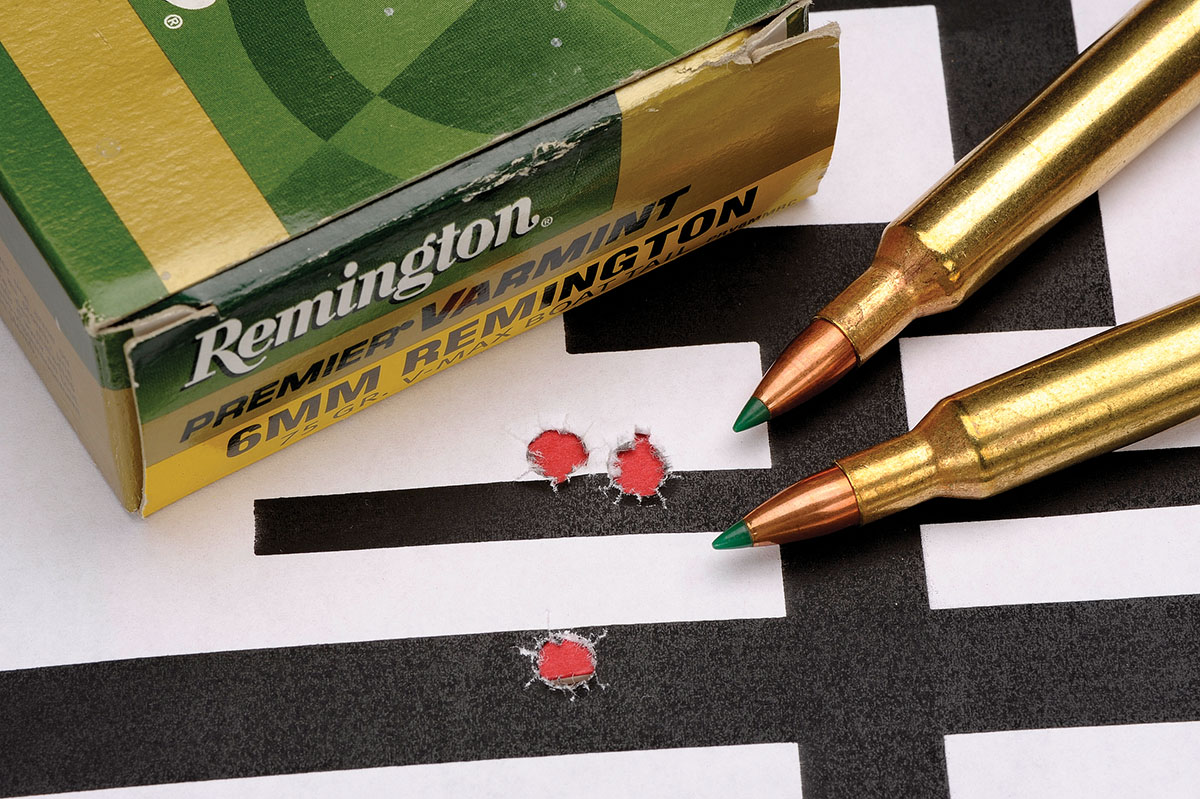
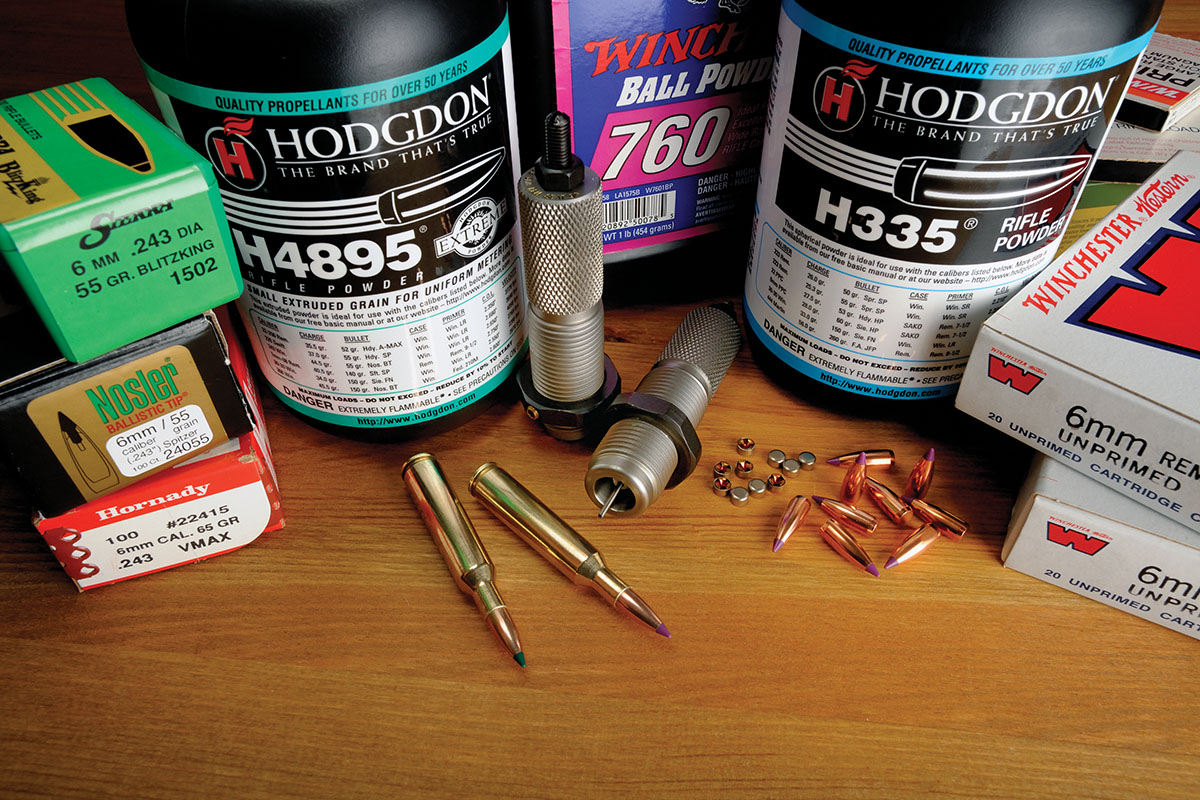
Handloading is the way to go with plenty of components, dies, primers and powders to work with this cartridge and any bullet that will work with the 243 Winchester works with
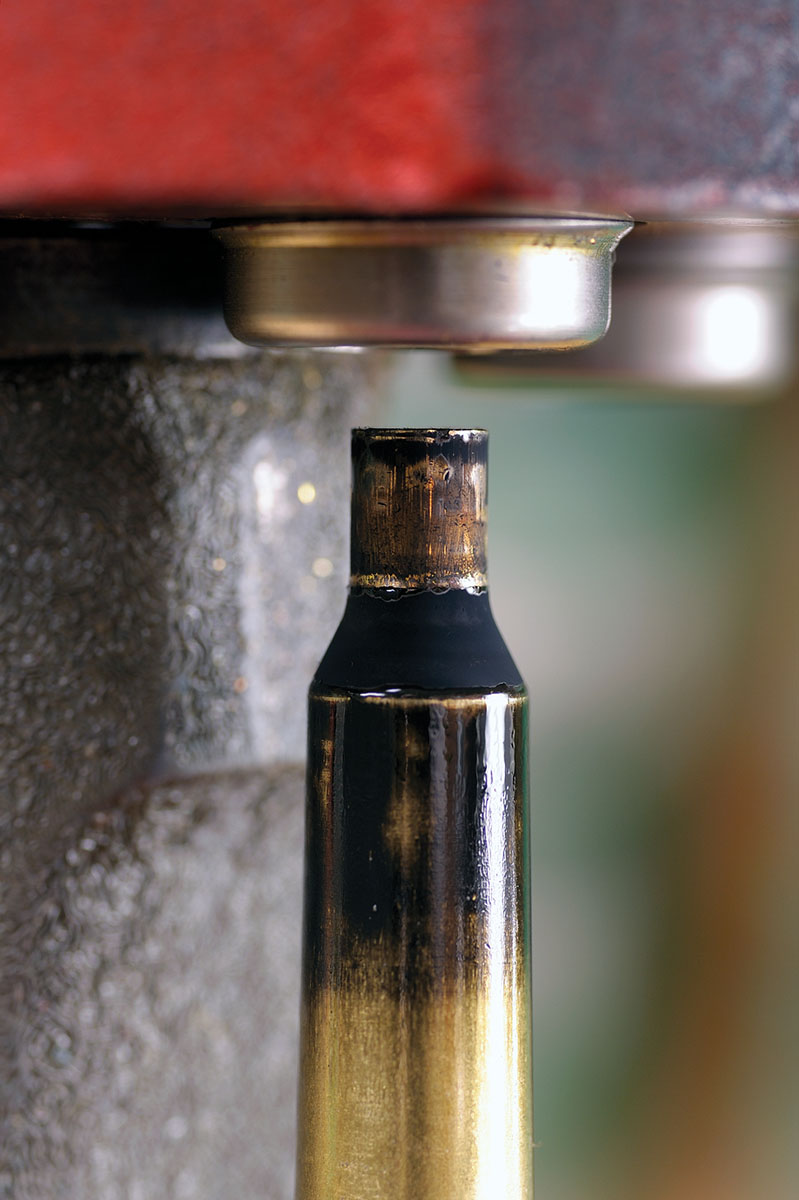
Rifles, however, are another challenge. In the past, I could find 6mm rifles from Remington, Ruger, Savage, Kimber and others freely advertised in their catalogs. Today, it is a different story as there are currently no large companies chambering this cartridge. Naturally, the secondary market is open as are the custom builders.
In the end, and over the time I’ve spent with the 6mm Remington in both the Remington Model 700 and the Ruger M77, I found it very accurate and easy on the shoulder for woodchuck shooting duties on those lazy summer days. Out of the pair, I favored the Model 700, not for its looks, but for its function and accuracy in the field with its heavier barrel. It’s just one of those guns I just can’t do without!
Granted, as a “walking” varminteer, it did not fill the bill, but once settled in with a bipod or a fallen tree as a rest, that gun could shoot. On the other hand, the Ruger was a pleasure to use for a day’s outing where I had the freedom to move around from one farm or field to the other.
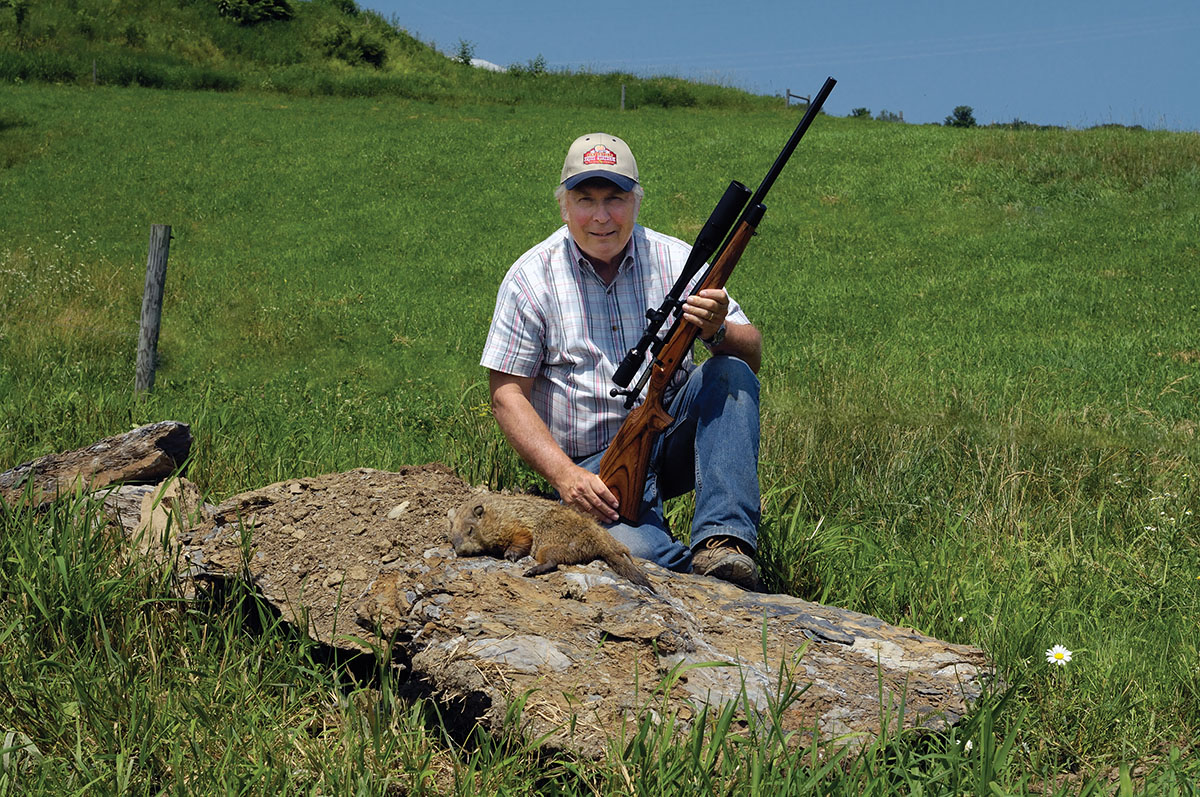
While it might be a challenge to work with, I like that sleek-looking case and performance of this cartridge and hope more and more hunters get to see the value of this 6mm offering.
The 240 Weatherby Magnum
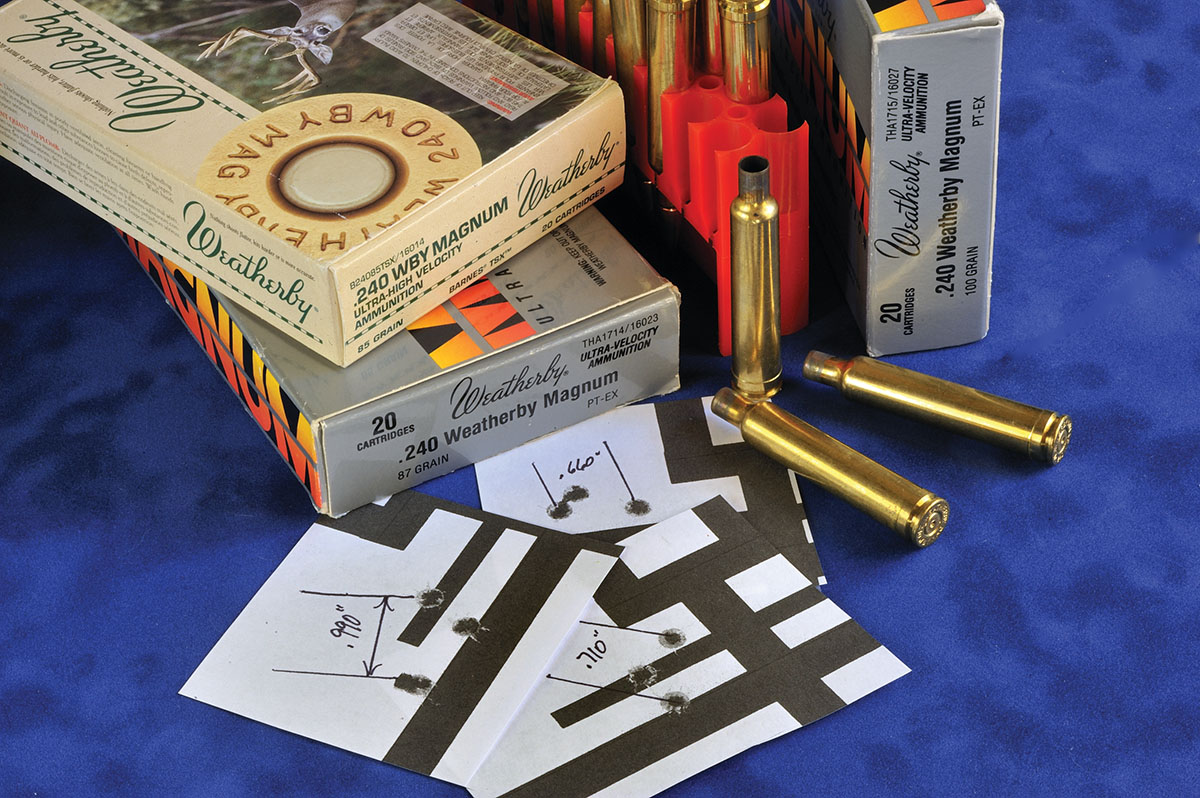
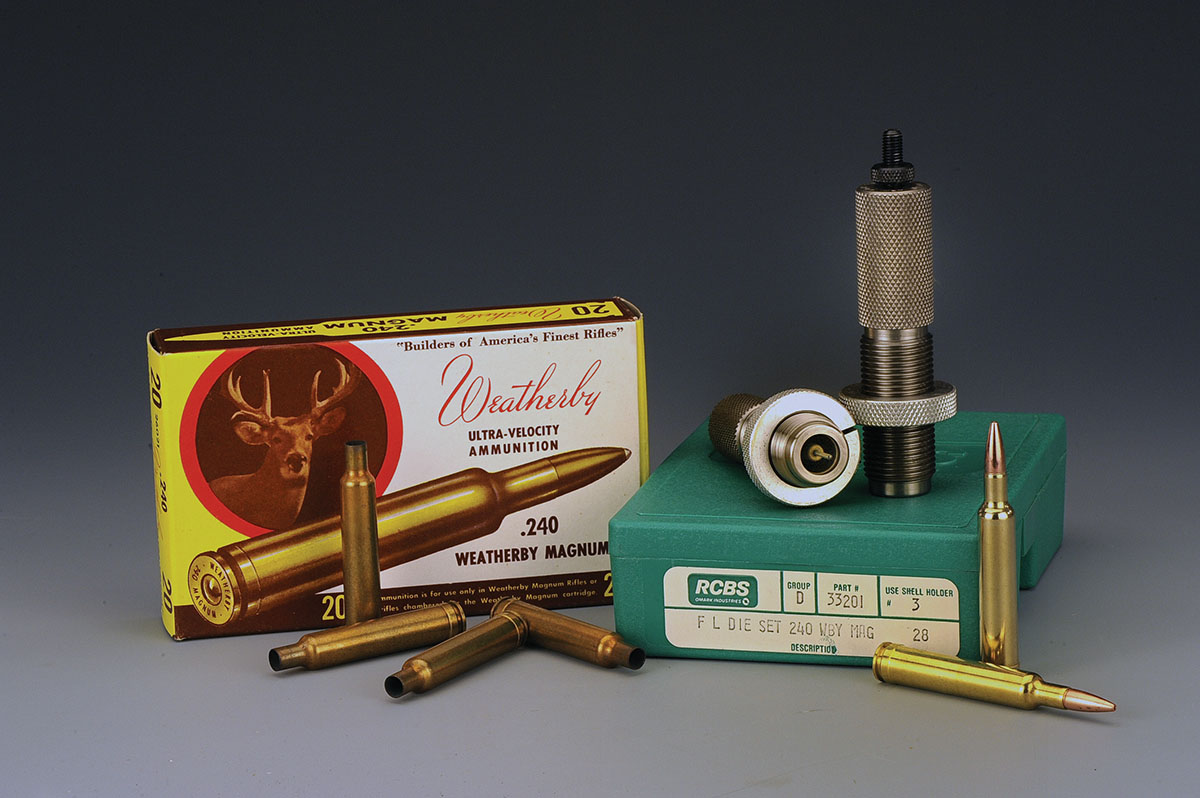
Since Roy Weatherby was always interested in running circles around the competition, he introduced the 240 Weatherby Magnum in 1968 on a belted case holding 64 grains of water following in the footsteps of other Weatherby proprietary cartridges. True to form, for a “wildcat” with a 100-grain bullet, he got around 3,400 fps with his entry, the 6mm Remington posted 3,100 fps in factory guise – the usual 10 percent advantage, but still an advantage. Granted we are using more powder, but for the long-range shooter, getting there is more important than a few grains of propellant.
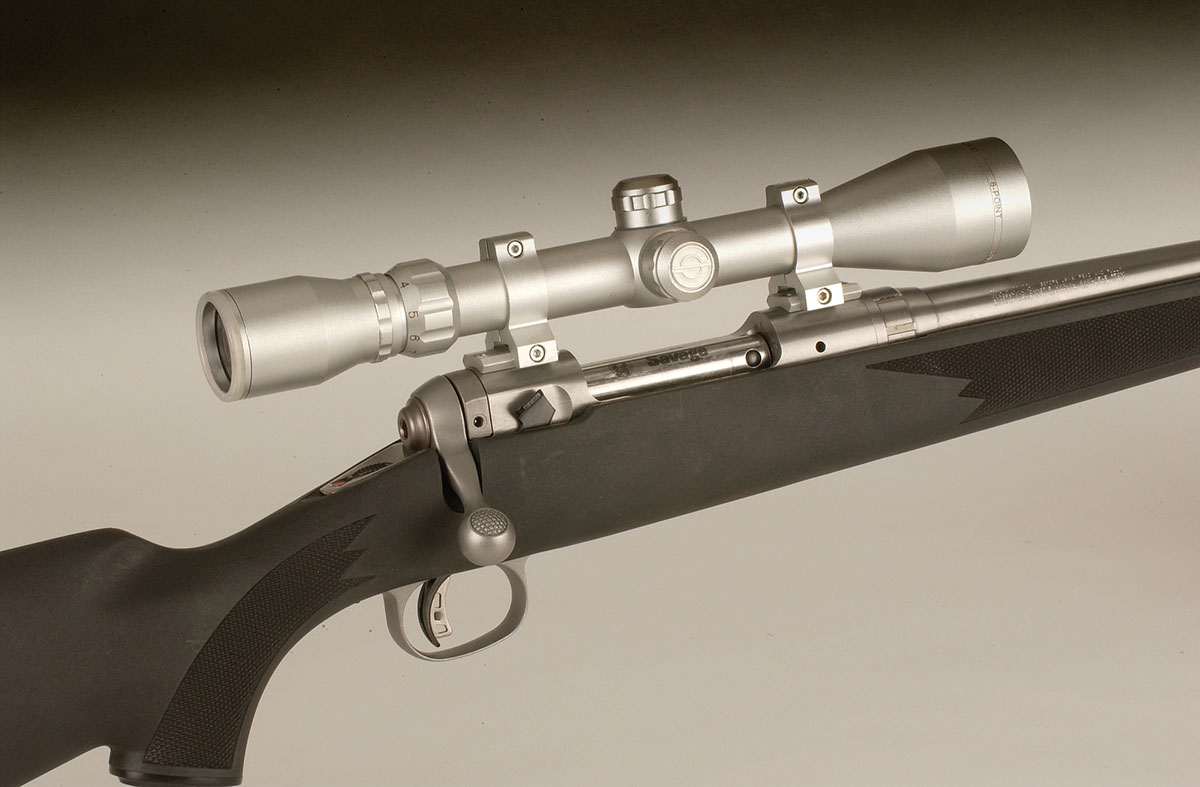
Using factory ammunition can be expensive with the 240 as 20 rounds can run upwards of $65 a box for Weatherby’s Select brand (higher for their premium Select Plus ammunition). However, for the most part, it is on par with the retail price now for the 6mm Remington. Checking the Weatherby website, they offer once-fired brass for a dollar a case, which is a good deal especially for those looking to handload to satisfy their shooting skills.
Again, .243-inch bullets, with the advent of more 6mm entries coming to be, are not in short supply and with the 240, I’ve had plenty of experience shooting bullets from 55 to 70 grains for my varmint shooting in New England. While I have toyed with the idea of using the 240 for mule deer or pronghorn antelope in the Weatherby stable, if I have a choice here, I’ll stick with and have used the 257 Weatherby for both animals on the prairie as a dual-purpose cartridge.
One of the best 55-grain loads I’ve come up with is using the Nosler Ballistic Tip over 51 grains of RL-15 for a velocity of 4,069 fps, with groups hitting around a half-inch. For me, this is perfect for my type of shooting as zeroed-in at 100 years, the drop at 200 is an inch; at 300, about 5½ inches. Other powders that gave me good results in this larger capacity case are IMR-4064, IMR-4350 and H-4895. All reloads were fired in once-fired, neck-sized only cases sparked by Federal’s No. 210 primers.
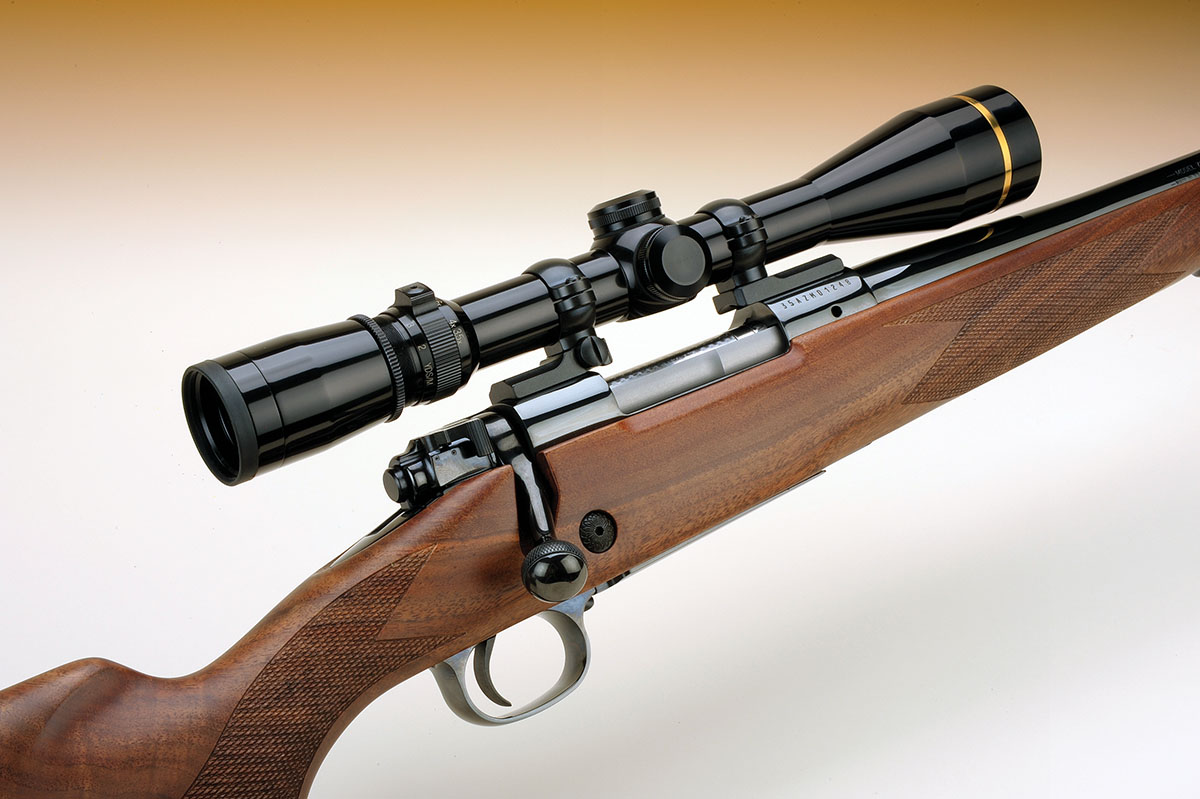
My choice? I have them all!


